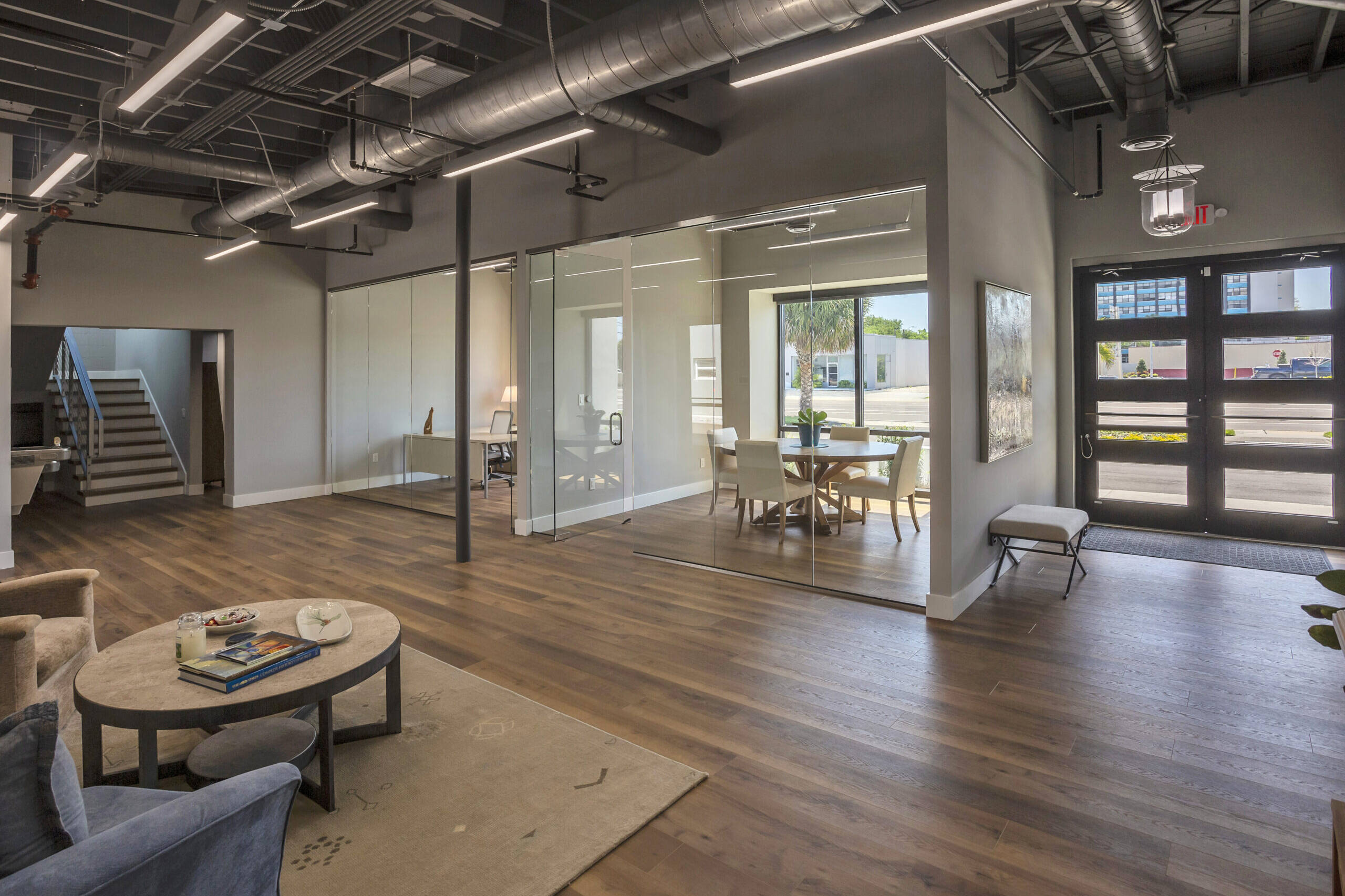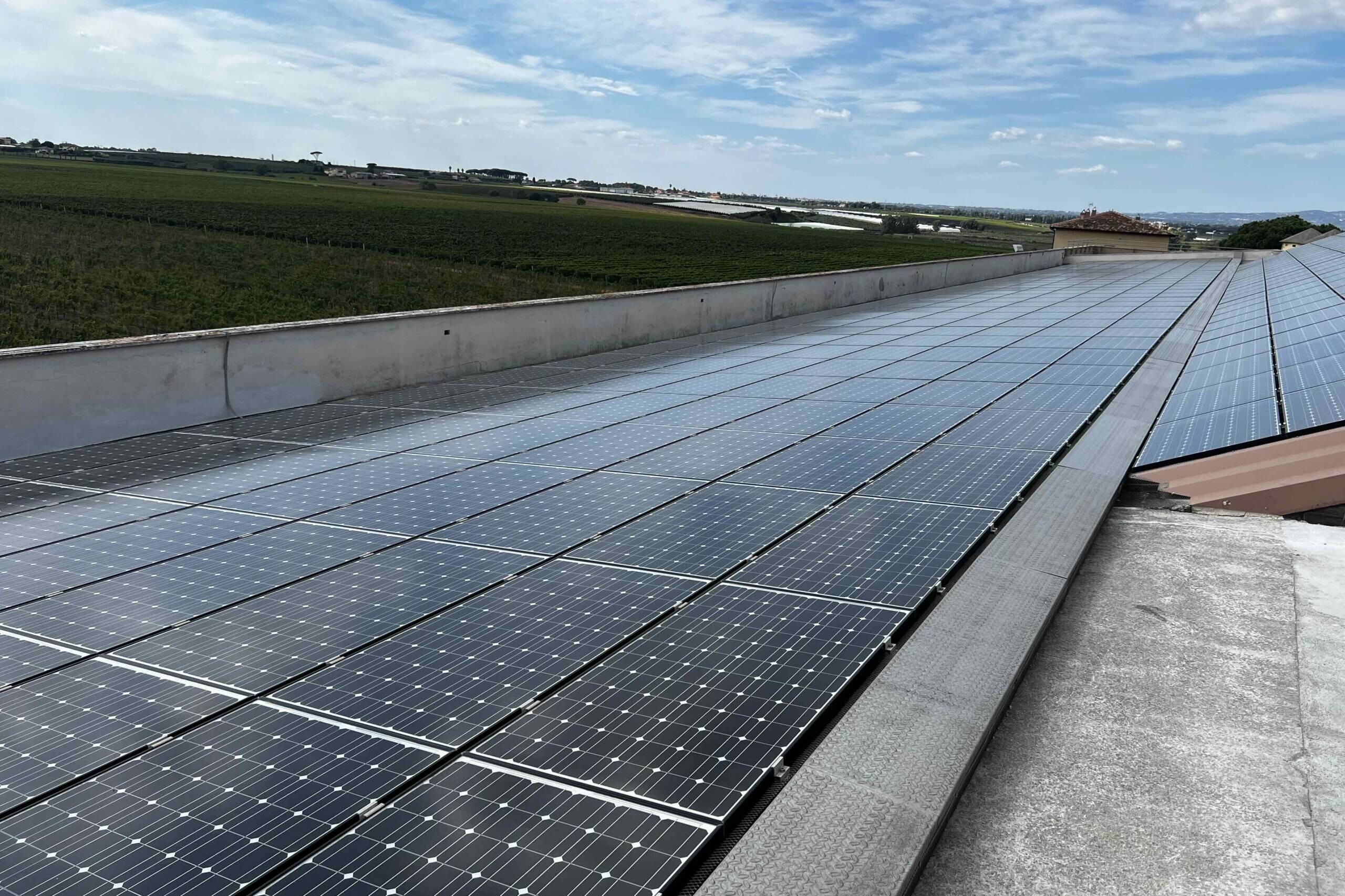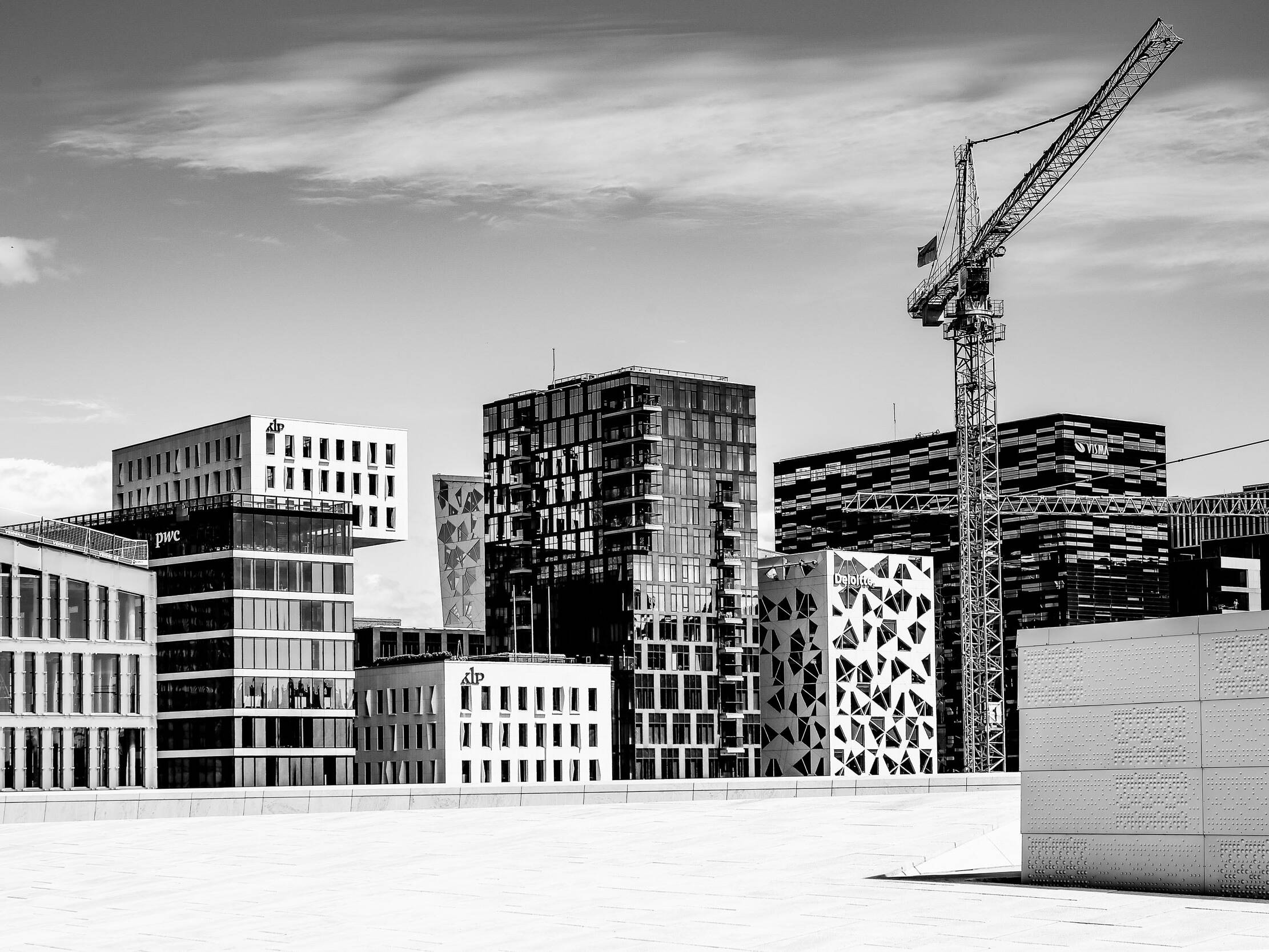Chapter 2 – The Impact of Sustainable Construction on Real Estate Value
In a world where environmental responsibility is no longer a choice but a necessity, it is essential to understand how sustainable construction can enhance the value of real estate assets. Sustainable practices not only have ecological benefits but also bring significant economic gains and increase property value in the long run. This chapter delves into how integrating sustainable features into construction can impact real estate value.
The value proposition of sustainable construction lies in the substantial reduction of operational costs and improved asset performance. Energy-efficient buildings, for instance, can significantly lower utility bills. Incorporating renewable energy sources like solar panels can reduce dependence on the grid, leading to considerable energy savings. Similarly, water-efficient fixtures, rainwater harvesting systems, and greywater recycling can drastically reduce water bills.
These cost savings aren’t just beneficial for property owners and residents. They can also add to a property’s desirability, making it more attractive to potential buyers or tenants, and potentially commanding a premium in the market. A U.S. Green Building Council study found that buildings with LEED certification command rental rates nearly 30% higher than non-certified buildings.
But the benefits of sustainable construction go beyond operational cost savings. These buildings often offer a healthier and more comfortable living and working environment. Features like improved indoor air quality, access to natural light, and noise reduction can significantly enhance occupants’ well-being. This can lead to improved productivity in commercial properties and a higher quality of life in residential ones, contributing to increased property value.
There’s also an element of risk mitigation involved in sustainable construction. As governments worldwide increasingly adopt strict environmental regulations, buildings that already adhere to these standards will likely see their value maintained or increased over time. In contrast, non-sustainable properties may face value depreciation due to costly retrofitting requirements in the future.
Demand for sustainable properties is rising as consumers become more environmentally conscious. According to a report by the National Association of Realtors, 61% of Realtors reported that clients are interested in sustainability. This growing demand can further drive the value of sustainable properties in the real estate market.
In the following chapters, we will delve deeper into best practices in sustainable construction, explore the role of technology, and discuss how to navigate potential challenges. Through these discussions, we will discover how sustainable construction can positively impact not just individual properties but also communities, cities, and the broader real estate market.
Together, let’s contribute to a more sustainable future.
Greg Totten
CGC 1529916 · LEED AP BD+C
(727)-386-9480
Share
Related Posts
February 21, 2024
Shaping the Future with Retrofitting Innovations
Chapter 6: Shaping the Future with Retrofitting Innovations
February 11, 2024
Navigating the Challenges of Retrofitting: From Planning to Execution
Chapter 5: Navigating the Challenges of Retrofitting: From Planning to…




